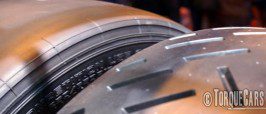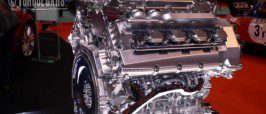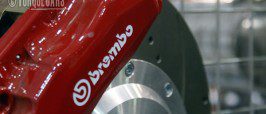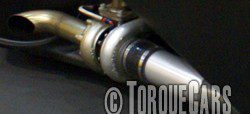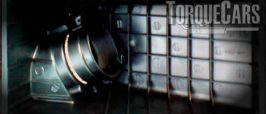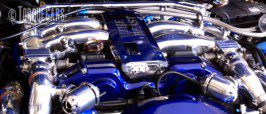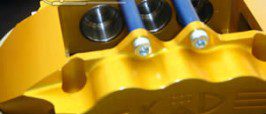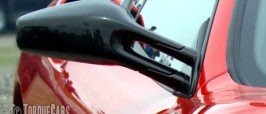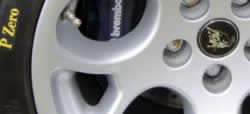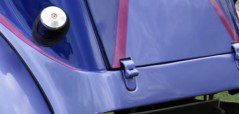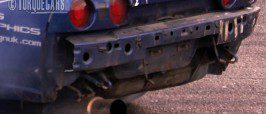Bristol Tuning Tips and Modifications
Maximise your Bristols driving pleasure
Thank you so much for visiting TorqueCars, we love Bristol’s and see quite a few interesting projects.
If you are looking to build the ultimate Bristol then you’ve found the right place.
Our tuning tips and articles for the Bristol cover all the best mods and latest tuning methods to help you build a great modified Bristol.
With the help of our forum members, industry professionals and seasoned car modders we present a best practice guide to modding your Bristol.
Please join us in our forums, we love to hear what members are up to and it helps us spot trends so that we can ensure the site is always covering the latest and greatest tuning topics.
Feel free to drop a tip or suggestion on the comments box at the bottom of each and every article, this feedback is greatly valued and helps us refine our articles.
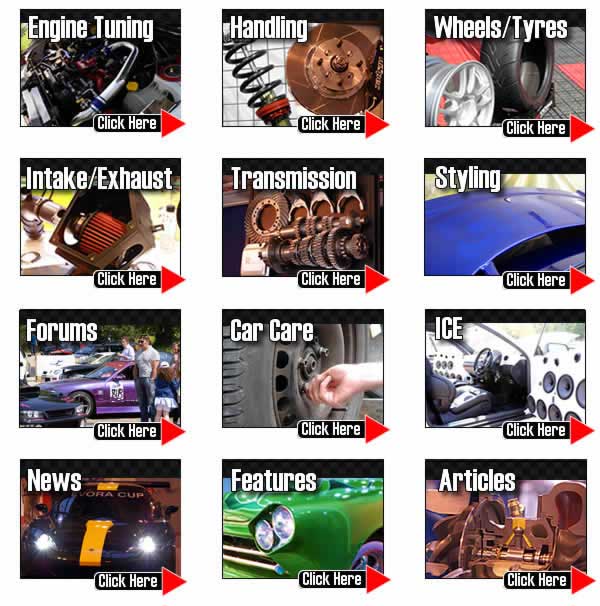
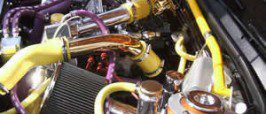
Adding a turbo or supercharger is a fairly complex modification so we’ll cover the basics of adding a turbo upgrade in this article. The idea of doubling your power with one “simple turbo upgrade” is certainly appealing, but what is involved in a turbo conversion project? What are the common problems when a car is turbocharged? How do you add a turbo safely to a car?
Pistons Crankshafts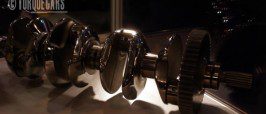
When an engine is nicely balanced you can raise the redline, and this is where the peak power lies. If you are planning forced induction upgrades then making sure the bottom end of the engine is as strong as possible is a major consideration.
Hybrid turbos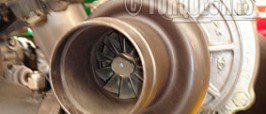
As a rule the turbo engines are stronger than the NASP equivalents and are able to handle substantial power gains.
The key thing in a turbo engine is the flow rate that can be generated and this depends largely on the internal profiles of the impellers inside the turbo.
Particulate filters and FAP Performance gains.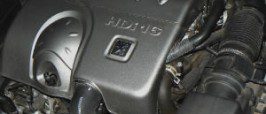
The particulate filter is a stand alone unit. It is located upstream of the cat in the exhaust system and its purpose is to remove soot particles from the gas stream. The cat the proceeds to do its usual job of converting CO to CO2 and is in no way dependent or relied upon by the particulate filter.
In diesels the cats are two way devices and run in unregulated mode (ie. no O2 sensor like a petrol car).

